Products
Your all-inclusive solution
All Products
Download our catalog
Get our Catalog
Applications
The CCCPs is Nüvü Camēras’ signature high-end CCD & EMCCD controller for subelectron readout noise and very low Clock Induced Charges (CIC) levels, which are mandatory for space extreme faint flux imaging applications. This version of the CCD Controller for Counting Photons can operate in a hostile environment subject to vacuum and solar radiation, making it compatible for space and stratospheric balloon missions.
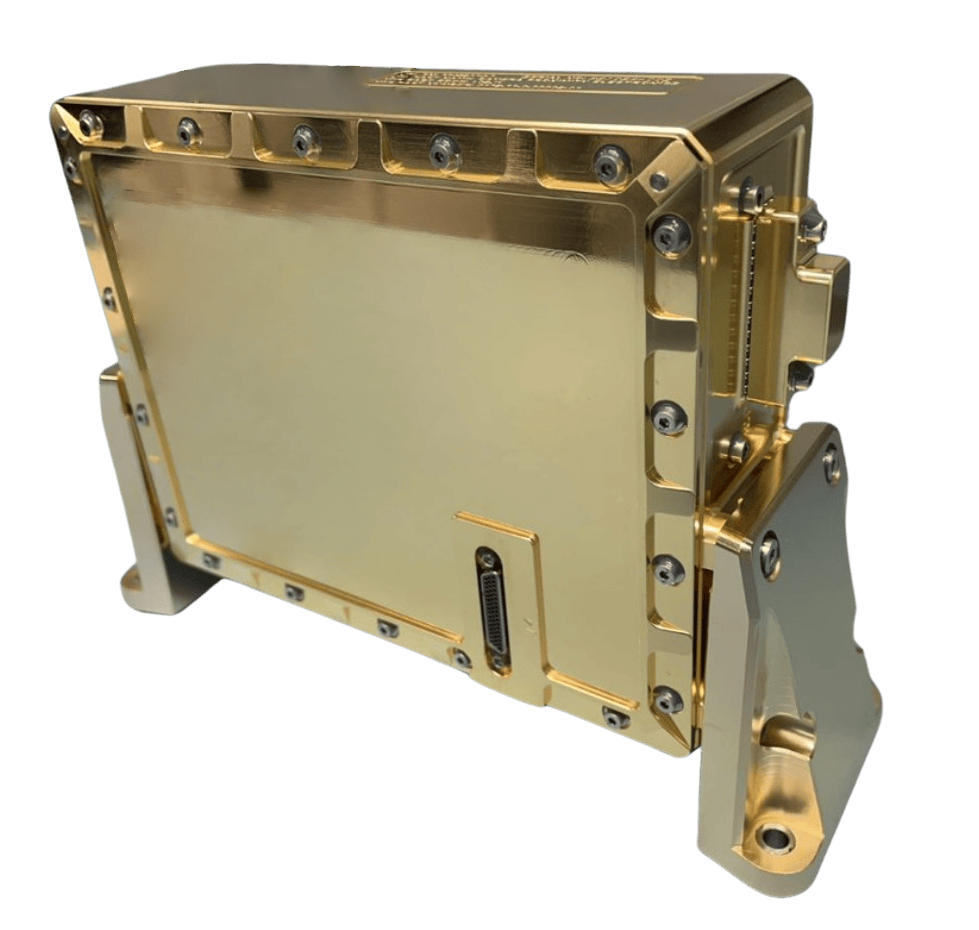
The CCCPs’ design is optimized for the driving of EMCCDs as fast as 10MHz of pixel rate or for slow readouts to optimize low readout noise. Using this CCCPs controller, the dominant photon counting source of noise with EMCCD cameras, the Clock Induced Charges (CIC), were reduced down to < 0.001 electron/pixel/frame (depending on the detector). Therefore, with the lowest background noise, Nüvü is the sole EMCCD camera manufacturer that offers cameras supporting EM gain up to 5000 for optimal photon counting performances.
Furthermore, with the vertical CIC down to negligible levels, the CCCP enables using the camera entirely in the Inverted Mode of Operation (IMO) for the reduced dark current resulting in lower total background signal, even when using long exposure times. The CCCP enables the readout of up to four outputs, but is also compatible with controller multiplexing, where up to four controllers can be synchronized for reading a maximum of 16 outputs.
The CCCPs marks the entry of the EMCCD technology as a reliable space-based imaging solution. Following initial development with the Canadian Space Agency, the technology was pushed further to serve a Hubble-like mission. The CCCPs is now used as the centrepiece of the coronagraph instrument on the Nasa’s flagship Nancy Grace Roman space telescope (formerly known as WFIRST). CCCPs offers unmatched performances with EMCCDs and CCDs for improved detection, characterization and imaging of exoplanets, the research and monitoring of small asteroids and space debris, better ultraviolet imaging, and satellite tracking, only to name a few.
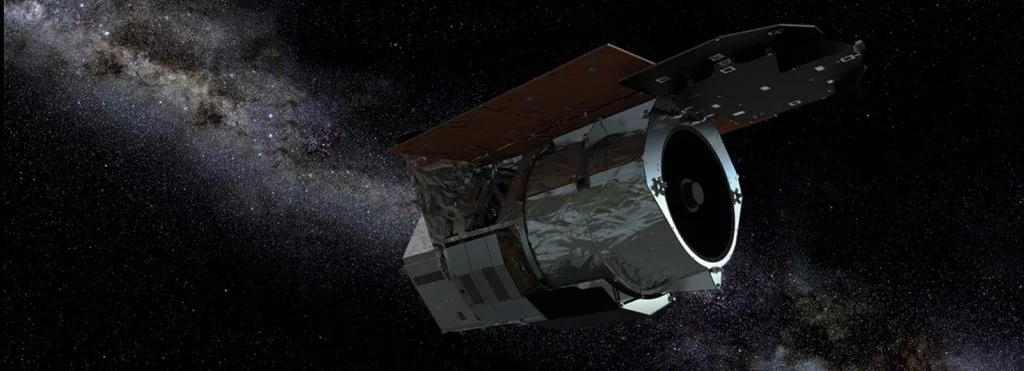
The CCCP line of CCD and EMCCD controllers is available for experienced ultra low-light camera builders,. To benefit from the CCCPs controller’s performance, one must consider all potential noise sources across the entire setup while building a customized space-based camera.
The CCCPs allows complete control over the CCD clocks used for detector readout, enabling optimization to a specific detector. This control over multi-level clocks is key to achieving minimal noise. For enhanced flexibility, saving and loading features are integrated, making it possible to work with several personalized readout sequences. Moreover, programming the clock signals is done through a user-friendly interface, making it simple to operate.
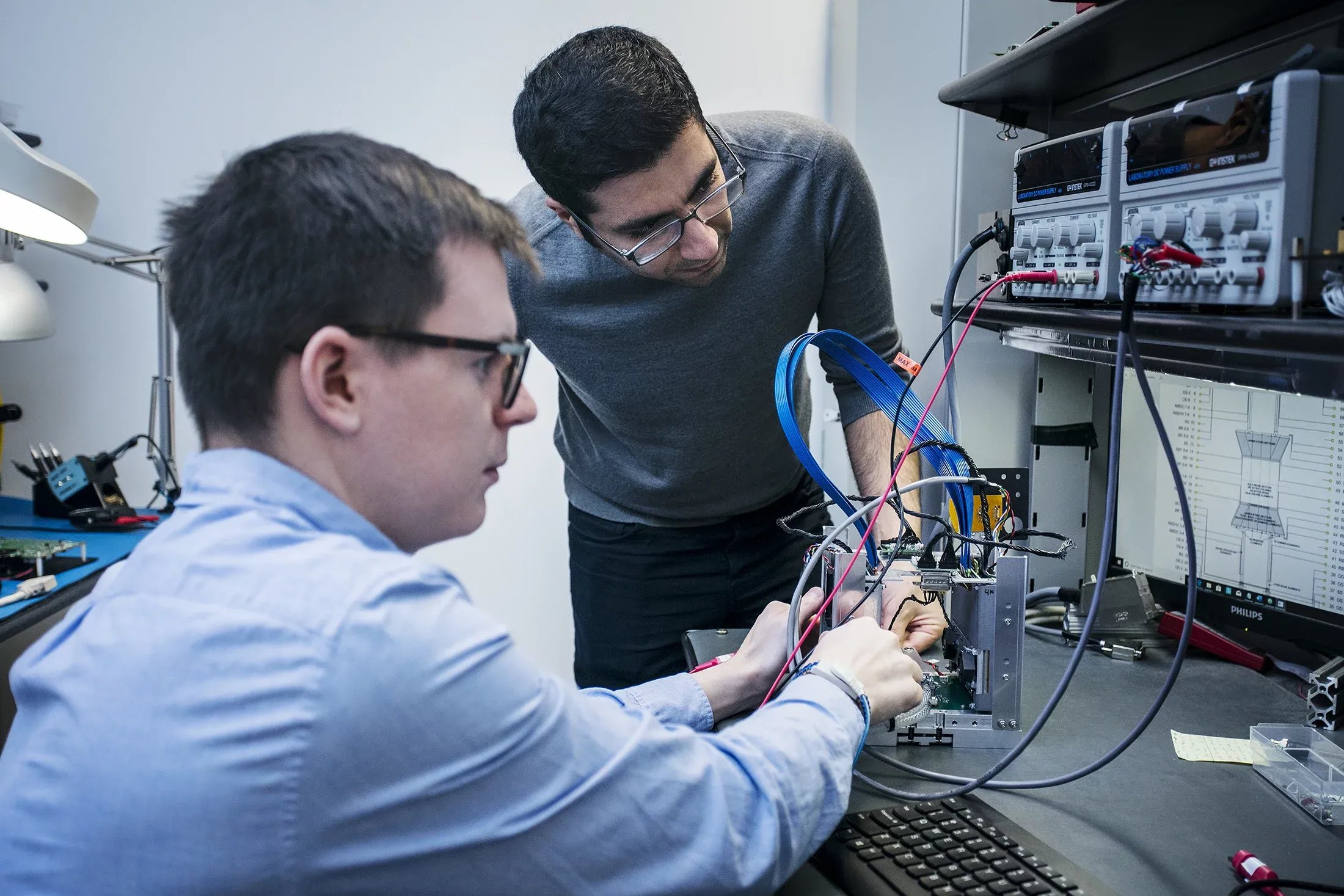
Synchronize two or more CCCPs for detectors with more outputs. For Teledyne-e2v CCD282 16 Megapixel EMCCD sensor, please refer to CCCP 4k. This detector provides a higher sensitivity alternative to the commonly used Teledyne-e2v CCD231-84 large-format CCD. Nüvü has already started to further advance the TRL of the electronics to support the Teledyne e2v’s CCD282, to integrate the CCCPs 4k to future space missions planning to use large format EMCCDs.
Although most characterization work for the CCCPs has been done on the Teledyne-e2v CCD201 sensor, the CCCPs is compatible with a multitude of other CCD and EMCCD detectors.
Any questions about integrating the CCCPs to improve your low light imaging system in space? Nüvü Camēras experts can provide advice and support.
Our patented technology can improve sensitivity, image quality and acquisition rates for any demanding low light application. Please feel free to contact our experienced space application scientists for more information.
In addition to an intuitive user manual for the easy installation and use of our products, Nüvü Camēras offers international on-site training as well as complete consulting services. Our team’s passion is the development of the ultra low-light imaging field; as such, we provide a variety of services to efficiently minimize the delay between purchase and discoveries.
Nüvü Camēras is a Canadian company specialized in designing and manufacturing novel EMCCD cameras for fields where the drive for cutting edge instrumentation propels innovation. We improve imaging performance for a number of fields including biomedical research, astronomy, photonics and more. As such, our cameras benefit from extended warranty policies. Basic warranty is 1 year on all parts and labour (subject to the terms and conditions expressed in the respective products’ user manuals).
Extended warranty options also available.
Further customize the controller to your requirements for improved performances in your measurement contexts and increased versatility.
A variety of options are available.
The darkest EMCCD cameras are manufactured by Nüvü Camēras. The secret? The CCD Controller for Counting Photons (CCCP), an innovative technology that virtually suppresses clock-induced charges (CIC), and a cooling Peltier unit integrated into an ingenious packaging. The thermoelectrically cooled HNü camera operates between -60 and -90°C with outstanding precision to optimize CIC and dark current to their ground level. The images below illustrate the accumulation of dark current when the shutter is closed. The darker the image, the less noise is present.
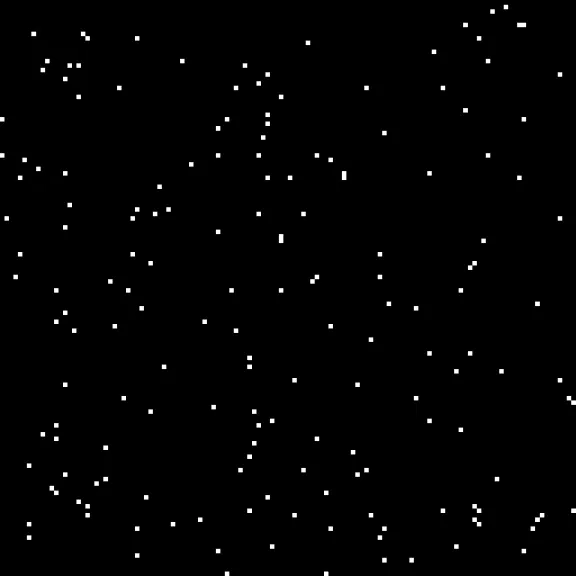
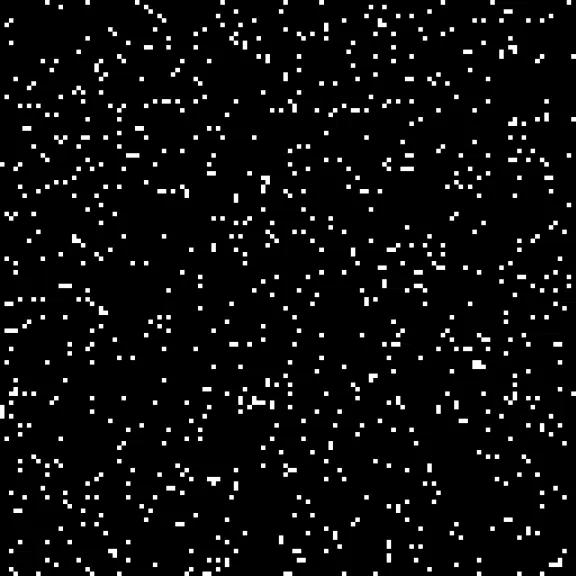
At high readout speeds, the electron transfer from one potential well to the next may be incomplete, leaving a few charges behind. Consequently, the leftover electrons artificially increase the brightness of certain pixels, thereby diminishing the overall image quality with the addition of arbitrary blurry spots. However, Nüvü Camēras’ CCCP preserves charge transfer efficiency (CTE), even at low operating temperature and increased EM gain, while decreasing CIC, yielding highly superior image quality.
As stated in its name, Nüvü Camēras’ proprietary CCD Controller for Counting Photons was purposely designed for photon-counting imaging. As such, no noise-filtering algorithms are used. The amount of noise generated is simply lower, eliminating the risk of removing genuine photoelectrons.
Resorting to arbitrary clocks rather than regular square clocks to shift the electrons through the EMCCD, the CCCP clamps down the generation of clock-induced charges and significantly reduced the detector’s total background noise. Consequently, the EMCCD ability to discriminate single-photon events is considerably increased, and the camera can effectively operate in photon-counting mode as long as the background noise is low.
In extreme cases where the expected intensity is about a single photon per pixel per second or even less, the photon counting (PC) mode is the ideal solution to obtain high-quality images. By eliminating the excess noise factor (ENF) and using a statistically significant threshold, pixels are individually analyzed to determine whether or not they truly detected a photon despite various noise sources.
Displayed below are images of extremely dim light sources — low concentration bioluminescent samples — and illustrate the power of photon-counting imaging in such conditions. All figures are courtesy of the Université de Sherbrooke Hospital Centre.
Single 30 seconds acquisition in conventional (CCD) mode. No details are visible where we should have seen several bioluminescent ATP samples.
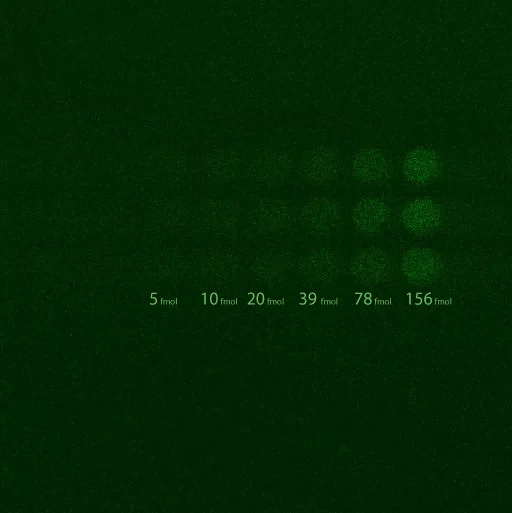
Applying electron multiplication to suppress the readout noise reveals the bioluminescent ATP samples in 5 seconds. As such, all six ATP concentrations are detectable with SNR values varying from 1.9 to 14.1 (or, equivalently, 2.8 dB to 11.5 dB).
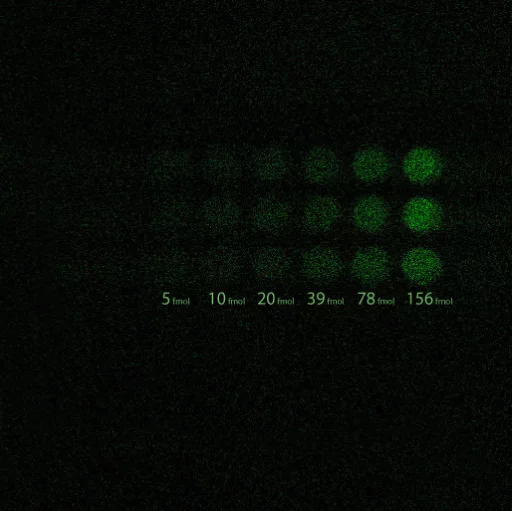
Photon counting mode with an EMCCD increases the contrast of all ATP samples by suppressing the excess noise factor (ENF), thus allowing considerable improvements in image quality. The SNR increases from 6.6 to 51.3 (equivalent to a range of 8.2 dB to 17.1 dB).
Any questions about EMCCD or low light imaging? Nüvü Camēras experts can provide advices on your low light imaging options.